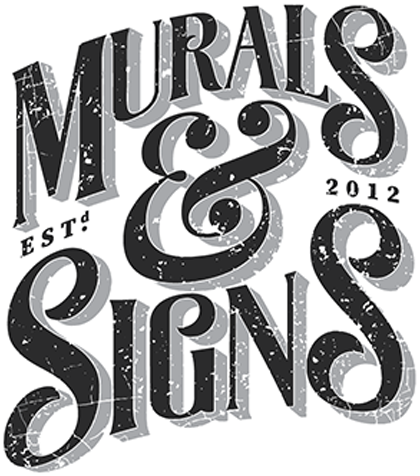Introduction
When it comes to creating captivating and visually stunning spaces, commercial mural painting has emerged as an exceptional form of artistic expression. Commercial murals not only beautify the environment but also serve as powerful marketing tools for businesses. To achieve outstanding results, mural artists must employ effective methods and carefully select appropriate materials. In this article, we will explore the various techniques and materials used in the realm of commercial mural painting, providing a comprehensive guide for both aspiring and seasoned mural painters.
The Importance of Proper Commercial Mural Painting Methods
The success of a commercial mural project heavily relies on the techniques employed during the painting process. Utilizing proper methods ensures that the artwork withstands the test of time and continues to make a lasting impact on its audience. Let’s delve into some essential commercial mural painting methods:
Surface Preparation and Priming
Before diving into the actual painting, proper surface preparation is paramount. The mural artist must thoroughly clean and prime the wall or surface to be painted. Cleaning ensures that the surface is free of dust, dirt, and any other debris that could compromise the adhesion of the paint. Priming creates a smooth and consistent base, enhancing the durability and longevity of the mural.
Sketching and Planning
Meticulous planning and sketching are crucial steps in the commercial mural painting process. Artists often start with a scaled-down version of the mural, creating a blueprint for the final artwork. This sketching phase allows for the exploration of various design ideas and ensures that the final composition meets the client’s expectations.
Layering and Building Depth
Layering is a fundamental technique in mural painting that adds depth and dimension to the artwork. By gradually building up layers of paint, artists can create realistic shadows, highlights, and texture, giving the mural a three-dimensional appearance.
Blending and Gradients
Seamless blending and gradients are essential for achieving smooth transitions between colors. This technique is particularly important in murals featuring realistic elements such as landscapes or portraits. Skillful blending brings harmony and realism to the mural, captivating the audience with its lifelike appearance.
Essential Commercial Mural Painting Materials
Using high-quality materials ensures that the mural not only looks stunning but also stands the test of time, withstanding various environmental factors. Here are some crucial commercial mural painting materials to consider:
Acrylic Paints
Acrylic paints are the most commonly used medium in commercial mural painting. They offer excellent color vibrancy, fast drying times, and exceptional durability. Acrylics are suitable for various surfaces and can be thinned or thickened to achieve desired effects.
Brushes and Rollers
The choice of brushes and rollers significantly influences the final outcome of a commercial mural. Large brushes and rollers are ideal for covering expansive areas, while smaller brushes are essential for adding intricate details. High-quality brushes ensure smoother application and more refined results.
Primers and Sealants
Proper primers and sealants are vital for surface preparation and long-term mural protection. Primer selection depends on the surface type (concrete, wood, metal, etc.), while sealants safeguard the mural from UV exposure, moisture, and fading.
Ladders, Scaffolding, and Safety Gear
For mural painting projects on tall walls or ceilings, ladders or scaffolding are necessary to access hard-to-reach areas. Equally important is the use of appropriate safety gear, including helmets, harnesses, and gloves, to ensure the well-being of the mural artist.
Spray Paints
In certain mural projects, especially those with street art influences, spray paints offer unique and vibrant effects. They allow for quick application and are ideal for creating abstract or graffiti-style murals.
Varnishes
Applying a protective varnish is the final step in commercial mural painting. Varnishes act as a shield against dust, dirt, and environmental elements, ensuring the longevity and preservation of the artwork.
Conclusion
Commercial mural painting is an exceptional art form that combines creativity, skill, and a deep understanding of techniques and materials. Proper methods and material selection are essential for creating captivating, durable, and visually striking murals that leave a lasting impression on both clients and viewers. By employing the right techniques and using high-quality materials, mural artists can achieve outstanding results, leaving a lasting legacy of artistic excellence in the commercial spaces they adorn. So, let your imagination run wild and embark on your next commercial mural project with confidence, knowing that your skills and knowledge will create a masterpiece that captivates all who encounter it.
